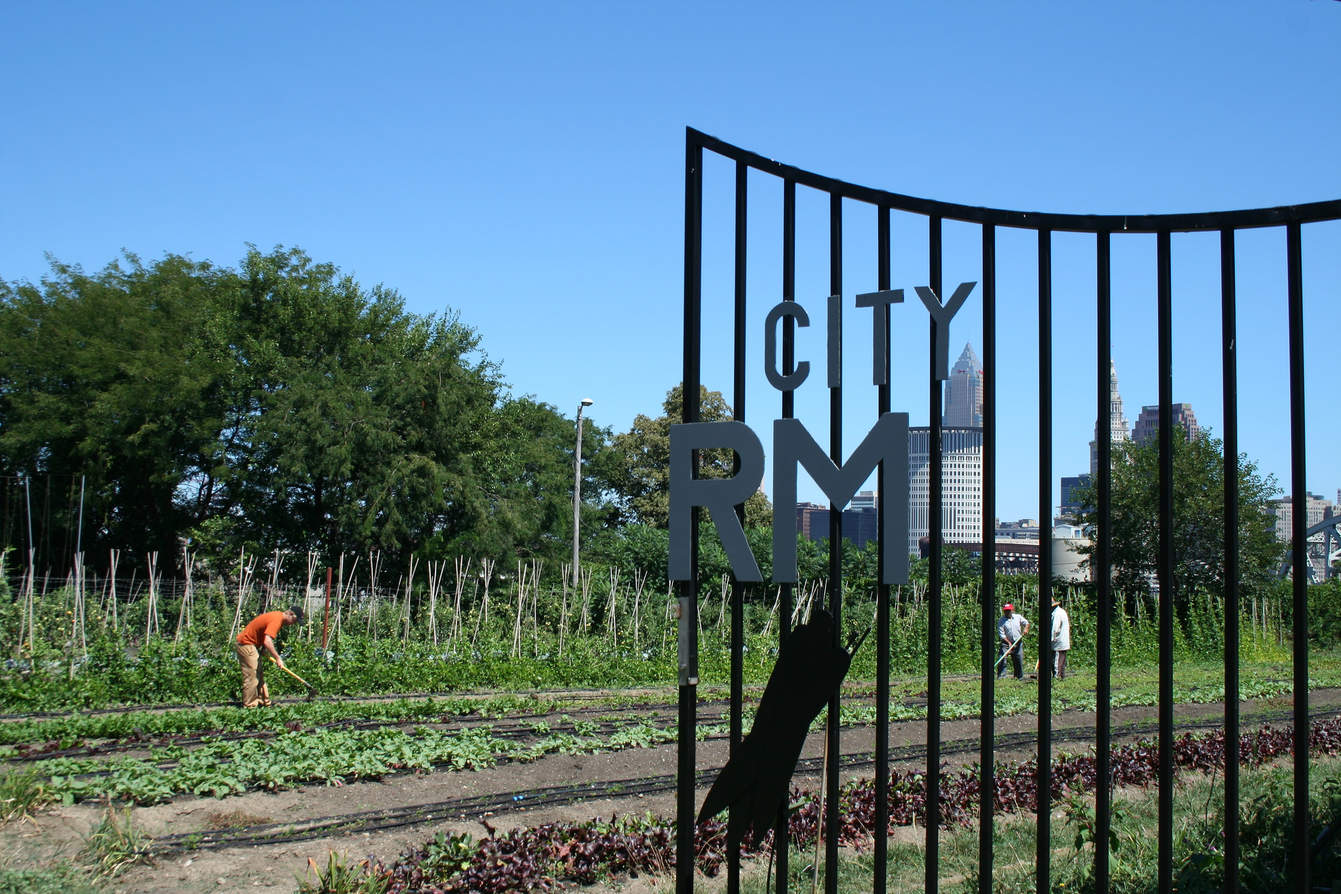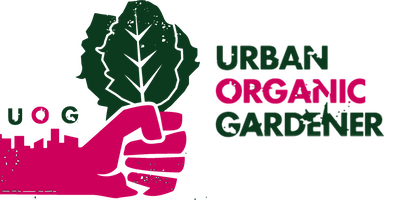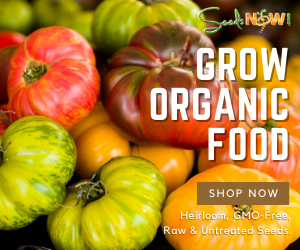
During the partial federal shutdown in December and January, news reports showed furloughed government workers standing in line for donated meals. These images were reminders that for an estimated one out of eight Americans, food insecurity is a near-term risk.
In California, where I teach, 80 percent of the population lives in cities. Feeding the cities of the nine-county San Francisco Bay Area, with a total population of some 7 million, involves importing 2.5 to 3 million tons of food per day over an average distance of 500 to 1,000 miles (PDF).
This system requires enormous amounts of energy and generates significant greenhouse gas emissions. It also is extremely vulnerable to large-scale disruptions, such as major earthquakes.
And the food it delivers fails to reach one out of every eight people in the region who live under the poverty line — mostly senior citizens, children and minorities. Access to quality food is limited both by poverty and the fact that on average, California’s low-income communities have 32.7 percent fewer supermarkets than high-income areas (PDF) within the same cities.
READ THE STORY https://www.greenbiz.com/article/how-urban-agriculture-could-improve-food-security-us-cities




















